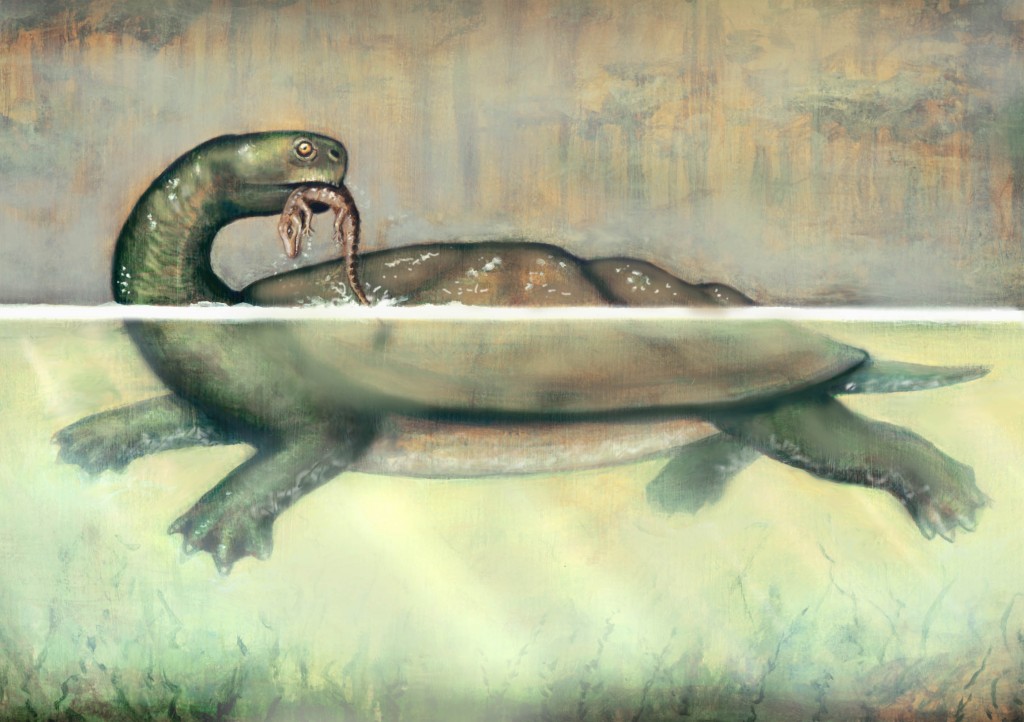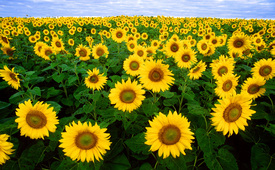Grassland Ecosystem
The grassland ecosystem
Animals
The animals that grassland have are commonly elephants,Buffalo's,kangaroos,zebras and rhinos. Some of the predators of the grasslands are jaguars,lions,leopards,cheetahs,the cheetahs have a diet that includes gazelles,impalas and medium sized antelopes,wolves and coyotes,the coyotes have adapted to running at an amazing speed to escape their predators.The animals feed on smaller animals than them or the same size like cheetahs and lions can eat a zebra.
The plants there are in the grassland are rye grass,buffalo grass,purple needle grass, elephant grass,sunflowers.wild indigo,cone flowers ,lupines and wild carrot fun fact about the wild carrot is that they aren't actually carrots.The trees there are the baobab tree,umbrella thorn Acacia tree,river bush willow ,Manketti tree,jackal berry tree and the Ombu tree,
Climate and Location
Grassland Food Web
Trees get eaten by giraffes and rhinos.Rhinos and giraffes can be eaten by lions when they are not stable but commonly lions eat the small giraffes and the small rhinos.Plants and other small animals are eaten by rhinos such as birds and crickets.The monkeys deer's,coyotes,jaguars and elephants also feed on plants and small animals.
Animal Reproduction
Animal And Plant Asexual Reproduction
the Desert Grassland Whiptail that has been well studied for its ability to reproduce through parthenogenesis, where females use asexual reproduction to produce offspring without male fertilization.
Animal And Plant Adaption
one way the sunflower adapts is by the head the head moves from east to west to follow the sun. the stem develops and helps them protect them selfs from the predator
giraffes

other physiological adaptations make their long necks possible
example they need a large heart and lungs to pump blood to the brain.


the ombu tree trunk is masive and fire resistant they contain water storage a really good adaptation for the grassland fires which are common


the purple cone flower is one of the hardiest plant a scientist have ever come across.although the cone flowers pefer well drained soils,it has the ability to stand the hot summer sun and the dry oil
giraffes
other physiological adaptations make their long necks possible
example they need a large heart and lungs to pump blood to the brain.
lions
Lions have adapted stong,really strong jaws and strong tounges to help them eat their pray lions have adapted to hot enviroments they tend to be cool in those envitoments
ombu tree
the ombu tree trunk is masive and fire resistant they contain water storage a really good adaptation for the grassland fires which are common
zebra
zebras have many adaptions to their habitat one of them is that they camouflage with their black and white stripes their powerful legs to run and their strong teeth adapted to a very green diet.
cone flower
the purple cone flower is one of the hardiest plant a scientist have ever come across.although the cone flowers pefer well drained soils,it has the ability to stand the hot summer sun and the dry oil
Galapagos island adaptation
flightless cormorant
The only species of cormorant that no longer has the ability to fly,the flightless cormorant has successfully adpted to survive
The great auk extinct in 1844 by three boatmen
Nodosaur Fossil
Carbonemys cofrinii (giant turtle)
This turtle is 60 million years old that lived in the
South America and it is now Colombia

60-million-year-old South American giant that lived in what is now Colombia.
Nodosaur Fossil
it's a 110 million-year-old type of plant-eating armored dinosaur. It weighted nearly three thousand pounds.while it was alive it was 18 feet long.It lived during the cretaceous period.Even though it is 10 million years old it is still perserved with its skin.
,so they call it a dinosaur mummy.
Carbonemys cofrinii (giant turtle)
This turtle is 60 million years old that lived in the
South America and it is now Colombia

60-million-year-old South American giant that lived in what is now Colombia.




Comments
Post a Comment